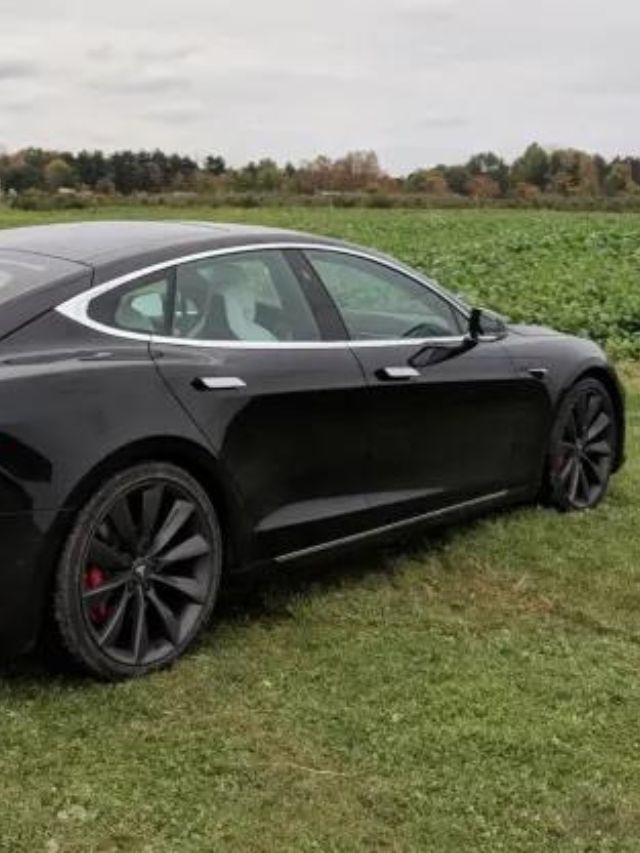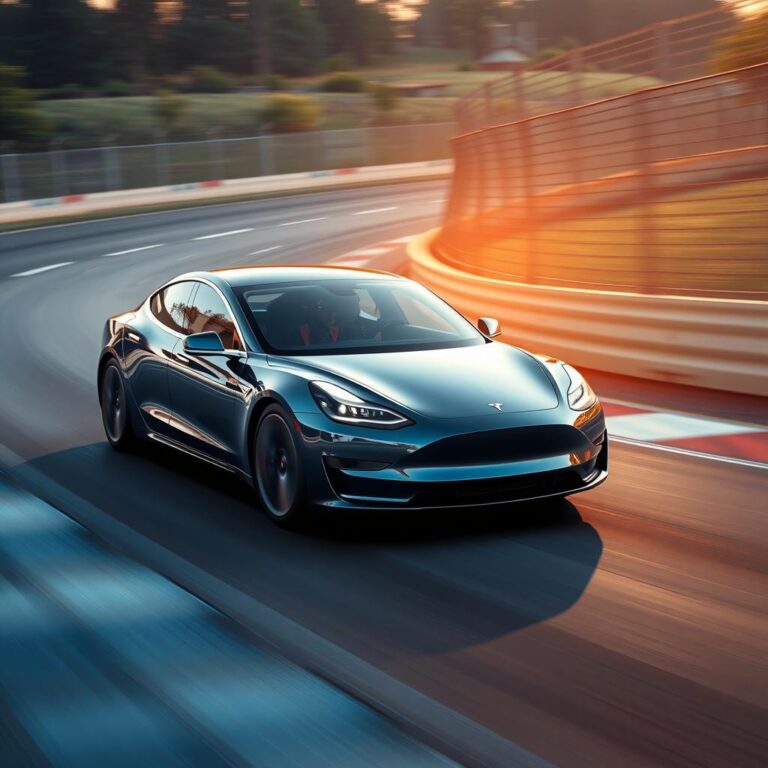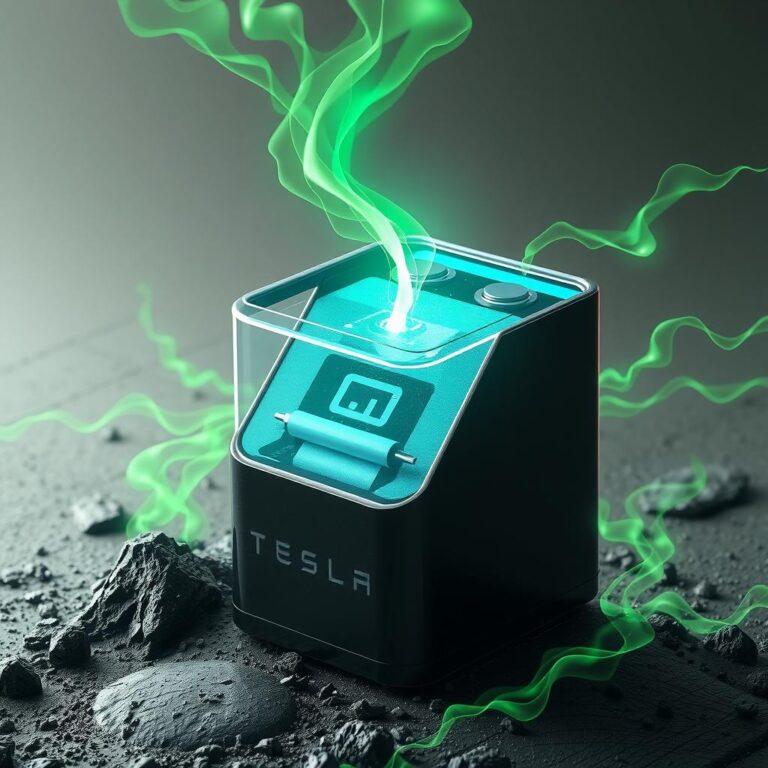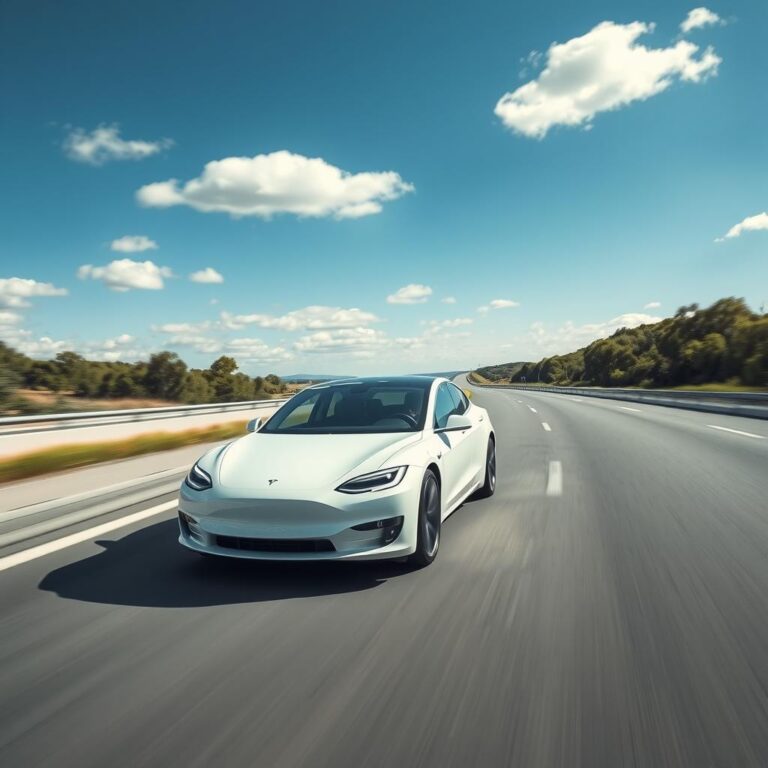Can A Tesla Car Power My House?
Can a Tesla car power my house? This question is becoming more common as electric vehicles (EVs) and home energy solutions evolve.
With Teslas storing large amounts of energy in their batteries, many wonder if they can act as backup power for homes during outages.
The Short Answer: Not Yet, But It’s Coming
Right now, Tesla cars do not have built-in bidirectional charging, meaning they can’t send power back to your home. However, Tesla has confirmed that future models will support this feature.
How Do Electric Cars Power Homes?
Some EVs, like the Ford F-150 Lightning, already have bidirectional charging, which allows the vehicle to supply electricity to a home.
Key Technologies Behind Vehicle-to-Home (V2H) Power:
- Bidirectional Charging: The car can send power back to the grid or home.
- Inverter System: Converts DC power from the car’s battery to AC power for household use.
- Smart Energy Management: Controls when and how power is used.
Can Current Tesla Models Power a House?
As of now, no Tesla model has bidirectional charging. The battery can store energy but cannot send it back to your home.
However, Tesla CEO Elon Musk has confirmed that bidirectional charging will be available in future Tesla models.
When Will Tesla Allow Vehicle-to-Home (V2H) Power?
Tesla has announced plans to introduce bidirectional charging by 2025, but no specific models or timelines have been confirmed.
How Much Power Does a Tesla Battery Hold?
If Tesla enables bidirectional charging, here’s how much power different models could provide:
| Tesla Model | Battery Capacity | Potential Power for Home |
|---|---|---|
| Model 3 Standard Range | ~50 kWh | 1-2 days |
| Model 3 Long Range | ~75 kWh | 2-3 days |
| Model S | ~100 kWh | 3-4 days |
| Model X | ~100 kWh | 3-4 days |
For reference, the average U.S. home uses around 30 kWh per day.
How Can You Power Your Home with Tesla Products?
While a Tesla car can’t power your home yet, Tesla offers other energy solutions:
1. Tesla Powerwall
- A home battery that stores energy for backup power.
- Works with solar panels to provide off-grid energy.
2. Tesla Solar Panels
- Capture energy from the sun and store it in a Powerwall.
- Can reduce or eliminate electricity bills.
3. Tesla Solar Roof
- Replaces traditional roofing with built-in solar panels.
- Works with Powerwall for whole-home energy backup.
Why Doesn’t Tesla Offer Vehicle-to-Home Power Yet?
There are a few reasons why Tesla hasn’t enabled bidirectional charging:
1. Battery Longevity
- Frequent charging and discharging can reduce battery lifespan.
- Tesla prioritizes long battery life over bidirectional features.
2. Grid Safety
- Sending power back to the home or grid requires advanced safety systems.
- Tesla wants to ensure proper integration before enabling this feature.
3. Business Strategy
- Tesla already sells Powerwalls for home energy storage.
- Adding V2H could reduce demand for Powerwalls.
Which Cars Can Currently Power a Home?
While Tesla doesn’t support V2H yet, other EVs do:
| Car Model | Bidirectional Charging? | Home Power Duration |
|---|---|---|
| Ford F-150 Lightning | Yes | Up to 3 days |
| Hyundai Ioniq 5 | Yes | 1-2 days |
| Nissan Leaf | Yes (V2G pilot programs) | 1-2 days |
Once Tesla enables V2H, it will likely be one of the most advanced systems available.
FAQs About Tesla and Home Power
Can a Tesla power my home?
Not yet. Current Tesla models do not support bidirectional charging, but future updates may allow this.
When will Tesla allow cars to power homes?
Tesla has announced plans for bidirectional charging by 2025.
How much energy does a Tesla battery hold?
Depending on the model, Tesla batteries store between 50-100 kWh, which could power a home for several days.
Can I use a Tesla Powerwall instead?
Yes! The Powerwall is designed for home energy storage and can provide backup power during outages.
Which EVs can power a home?
Currently, the Ford F-150 Lightning, Hyundai Ioniq 5, and Nissan Leaf support bidirectional charging.
The Verdict: Can a Tesla Power a House?
Not yet, but it’s coming soon.
While current Tesla cars don’t support vehicle-to-home power, future models will. In the meantime, Tesla Powerwalls and solar systems offer reliable home energy backup.
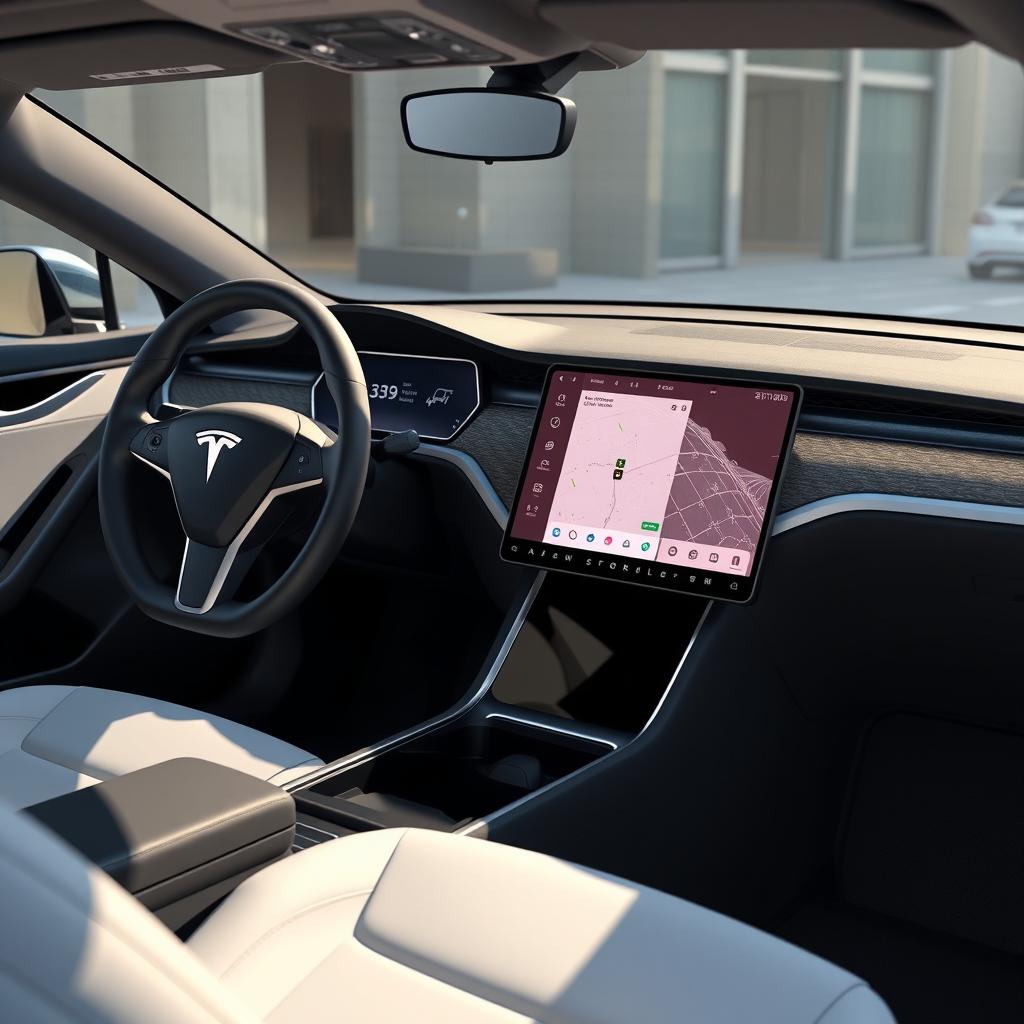
How Will Tesla Implement Vehicle-to-Home (V2H) Power?
Once Tesla enables bidirectional charging, it will likely integrate with existing Tesla energy products like Powerwall and Solar Roof.
Expected Features of Tesla’s V2H System:
- Seamless Integration: Tesla will likely design V2H to work with existing Powerwall and solar products.
- Smart Energy Management: The system could automatically switch between using grid power, solar, or Tesla battery backup.
- App-Controlled Power Flow: Tesla’s mobile app may allow users to decide when and how their car powers the home.
- Backup Power Mode: In case of outages, the Tesla battery could provide emergency power.
How Much of Your Home Can a Tesla Power?
Depending on the Tesla model and battery size, it could power essential home appliances or the entire house.
Power Consumption of Common Household Appliances:
| Appliance | Power Usage (kWh per day) | How Long a Tesla Can Power It |
|---|---|---|
| Refrigerator | 2 kWh | 25-50 days (Model 3 LR) |
| Lights | 1 kWh | 50-100 days (Model S) |
| Wi-Fi Router & Computer | 0.5 kWh | 100-200 days (Model X) |
| Air Conditioner | 30 kWh | 1-3 days (Model S Plaid) |
If Tesla enables V2H, a fully charged Tesla could provide power for several days depending on energy usage.
Can a Tesla Power a Home During a Blackout?
Once Tesla enables bidirectional charging, it will work as a backup power source in outages.
How Tesla’s Future V2H Could Work During a Blackout:
- Car automatically switches to “Backup Mode” when the grid goes down.
- Energy is prioritized for essential appliances (fridge, lights, internet).
- When grid power returns, the car recharges automatically.
How Tesla’s V2H Could Save Money
Using a Tesla to power a home could reduce energy bills through smart energy management.
Ways Tesla’s V2H Could Save Money:
- Off-Peak Charging: Charge the Tesla at night when electricity is cheap and use stored power during the day.
- Solar Energy Storage: Store excess solar energy in the Tesla battery instead of sending it back to the grid.
- Demand Response Programs: Some utilities pay EV owners to supply energy back to the grid during peak hours.
Once V2H is available, Tesla owners could use their cars as mobile battery storage to optimize home energy usage.
What Tesla Owners Can Do While Waiting for V2H
Until Tesla enables bidirectional charging, there are still ways to prepare:
1. Invest in a Tesla Powerwall
- Stores energy from solar panels or the grid.
- Provides backup power during outages.
2. Install Tesla Solar Panels
- Reduces dependence on the electric grid.
- Works with Powerwall to provide long-term savings.
3. Use Smart Charging
- Charge the Tesla when electricity is cheapest.
- Monitor energy use through the Tesla app.
What Experts Say About Tesla’s Future in Home Energy
Many industry experts believe Tesla will revolutionize home energy with V2H technology.
Predictions from Energy Experts:
- Energy Independence: “Tesla’s V2H technology will make homes less dependent on the grid.” — Clean Energy Analyst
- Increased Demand for EVs: “More people will buy Teslas if they can use them as a backup power source.” — EV Market Expert
- Integration with Smart Homes: “Tesla’s energy products will sync with smart home systems for automatic energy management.” — Smart Tech Engineer
As Tesla continues to innovate, its role in home energy solutions will expand.
FAQs About Tesla and Home Power
Can a Tesla power my home?
Not yet. Current Tesla models do not support bidirectional charging, but future updates may allow this.
When will Tesla allow cars to power homes?
Tesla has announced plans for bidirectional charging by 2025.
How much energy does a Tesla battery hold?
Depending on the model, Tesla batteries store between 50-100 kWh, which could power a home for several days.
Can I use a Tesla Powerwall instead?
Yes! The Powerwall is designed for home energy storage and can provide backup power during outages.
Which EVs can power a home?
Currently, the Ford F-150 Lightning, Hyundai Ioniq 5, and Nissan Leaf support bidirectional charging.
The Verdict: Can a Tesla Power a House?
Not yet, but it’s coming soon.
While current Tesla cars don’t support vehicle-to-home power, future models will. In the meantime, Tesla Powerwalls and solar systems offer reliable home energy backup.

